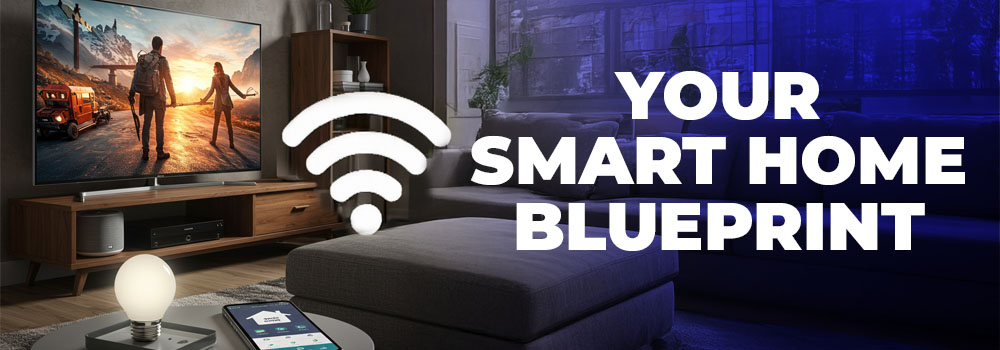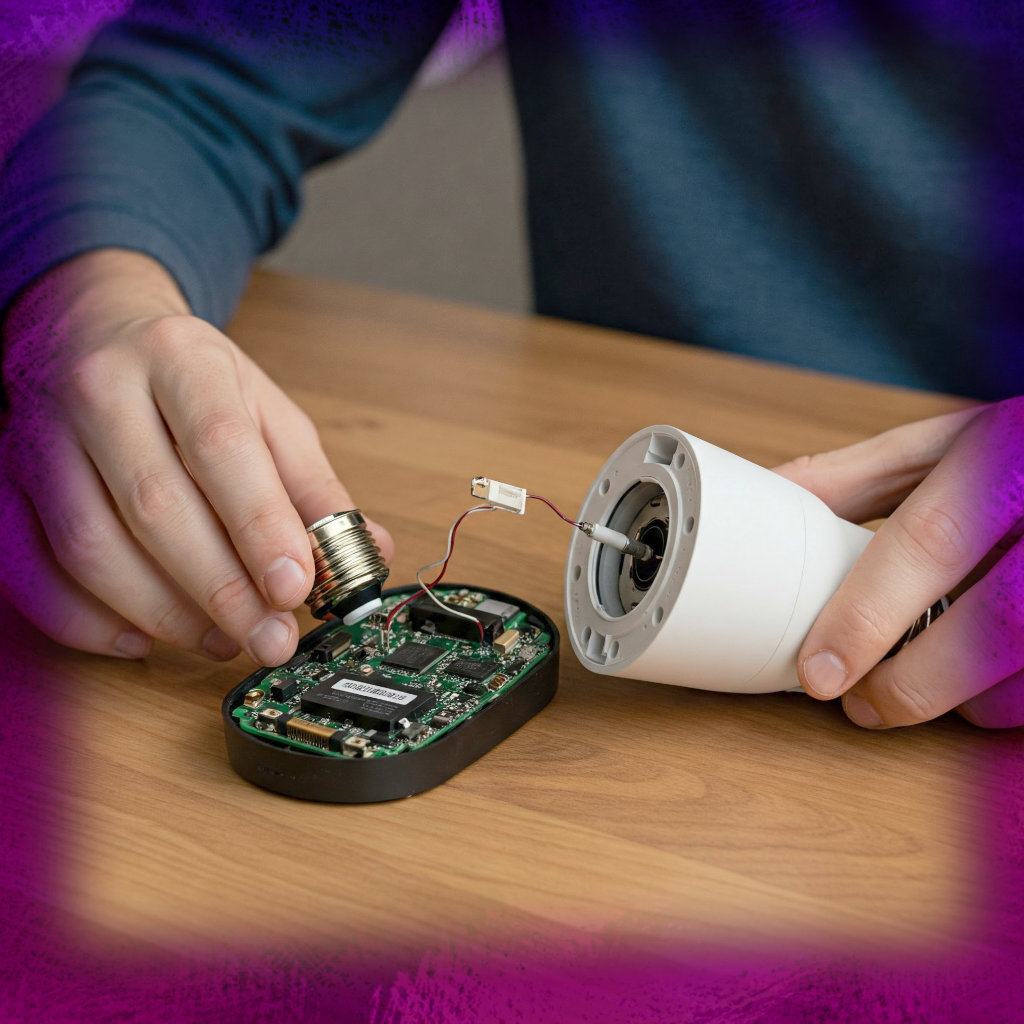1. Introduction: The Fragile Nature of Smart Home Ecosystems
Smart homes promise convenience but deliver frustration when devices fail. A single malfunctioning gadget can disrupt automations, disable security, and leave you talking to unresponsive AI. Knowing when to repair versus replace is the key to maintaining seamless control.
2. Common Signs Your Smart Device Needs Replacement
Chronic unresponsiveness, frequent disconnections, or failure to execute commands signal impending doom. Physical damage, outdated firmware, or bizarre behavior (a smart lock unlocking randomly) mean it’s time for retirement.
3. Diagnosing the Problem: Is It the Device or the Network?
Before trashing hardware, test connectivity. Move the device closer to the router. Check app logs for errors. If other gadgets work fine, the culprit is likely the device itself.
4. Smart Plugs & Outlets: When to Swap and How to Choose
If a smart plug stops relaying power or disconnects daily, replacement is cheap and simple. Look for energy-monitoring models (like TP-Link Kasa) for added utility.
5. Smart Bulbs Failing? Here’s Your Upgrade Path
Flickering, color inaccuracies, or refusal to pair suggest a dying LED driver. Upgrade to thread-compatible bulbs (Nanoleaf) for better reliability than Wi-Fi options.
6. Smart Thermostats: Replacement vs. Repair
A thermostat that misreads temperatures or won’t connect to HVAC may need recalibration. If factory resets fail, opt for a learning model (Ecobee) to save energy long-term.
7. Dealing With a Defective Smart Lock
Sticky keypads, jammed bolts, or failed auto-locking compromise security. Schlage Encode offers robust encryption and Wi-Fi built-in, eliminating bridge dependencies.
8. Smart Speaker Not Responding? Troubleshooting & Replacement
If reboots and re-setups don’t revive your speaker, internal hardware may be fried. Consider multi-room audio systems (Sonos) for richer sound and stability.
9. Smart Security Cameras: Signs of Failure & Best Replacements
Blurry feeds, offline statuses, or false alerts indicate sensor degradation. Arlo Pro 4’s wireless design and 2K resolution outclass aging models.
10. When Your Smart Hub Goes Rogue
A hub that bricks automations or won’t update firmware may be obsolete. Transition to Matter-compatible hubs (SmartThings) for cross-platform resilience.
11. Smart Sensors (Motion, Door, Water): Replacement Guide
Sensors that miss events or trigger falsely need retirement. Aqara’s Zigbee sensors offer longer battery life and faster response times than older Wi-Fi variants.
12. Wi-Fi Extenders & Mesh Nodes: Boosting a Weak Smart Home
Dead zones that persist after repositioning suggest outdated hardware. Eero 6’s mesh network eliminates dropouts and supports 100+ devices effortlessly.
13. Smart Displays Acting Up? Fixes & Alternatives
Glitchy touchscreens or frozen interfaces often stem from overheating. The Google Nest Hub (2nd Gen) runs cooler and integrates more services seamlessly.
14. Smart Blinds & Shades: Motor Issues & Upgrades
Grinding noises or uneven movement mean motor wear. Switch to battery-powered Lutron Serena shades for silent operation and decades-long durability.
15. Smart Appliances (Fridge, Oven, Washer) – Replacement Red Flags
Error codes that recur after resets or disconnected apps hint at control board failures. Newer models with Matter support simplify integration.
16. Voice Assistant Glitches: Hardware or Software Issue?
If your assistant ignores wake words or processes requests slowly, try a firmware rollback. Persistent issues warrant upgrading to current-gen devices.
17. Smart Smoke Detectors: Lifespan & Replacement Timing
Most last 10 years. False alarms or chirping without cause mean sensors are contaminated. Nest Protect offers spoken alerts and app silence features.
18. Smart Garage Door Openers: When to Retire Old Tech
Openers that sporadically respond or lose connection need replacing. MyQ’s universal hub works with most brands without rewiring.
19. DIY vs. Professional Installation for Replacements
Swapping plugs or bulbs is simple; hardwired devices (thermostats, locks) may need an electrician for safe setup.
20. Ensuring Compatibility Before Buying New Devices
Check for Matter/Thread logos to guarantee cross-ecosystem functionality. Avoid proprietary systems that lock you into one brand.
21. Resetting & Recycling Old Smart Devices Securely
Wipe data via factory resets. Donate working devices or recycle through programs like Best Buy’s tech trade-in.
22. Budget-Friendly Replacement Strategies
Refurbished devices from Amazon Renewed or eBay cut costs. Prioritize replacing critical devices (locks, cameras) first.
23. Future-Proofing Your Next Smart Home Purchase
Opt for devices with local processing (like HomeKit Secure Video) to reduce cloud dependence and latency.
24. Warranty & Support: Getting Free Replacements
Check manufacturer warranties—many cover defects for 1-2 years. Log tickets promptly with proof of purchase.
25. Best Brands for Reliable Smart Home Tech
- Lutron (lighting)
- Ecobee (thermostats)
- Eufy (security)
- Aqara (sensors)
26. Setting Up Your New Device Without Headaches
Document network names/passwords beforehand. Use the manufacturer’s app (not third-party tools) for initial pairing.
27. Preventing Future Failures: Maintenance Tips
- Update firmware quarterly
- Clean device vents to prevent overheating
- Replace batteries in sensors annually
28. When to Consider a Full Smart Home Overhaul
If >50% of devices are failing or incompatible with modern standards, a phased upgrade ensures system cohesion.
29. Conclusion: Keeping Your Smart Home Running Smoothly
Proactive replacements beat emergency fixes. Invest in durable, interoperable tech, and your smart home will hum along effortlessly—no screams required.

